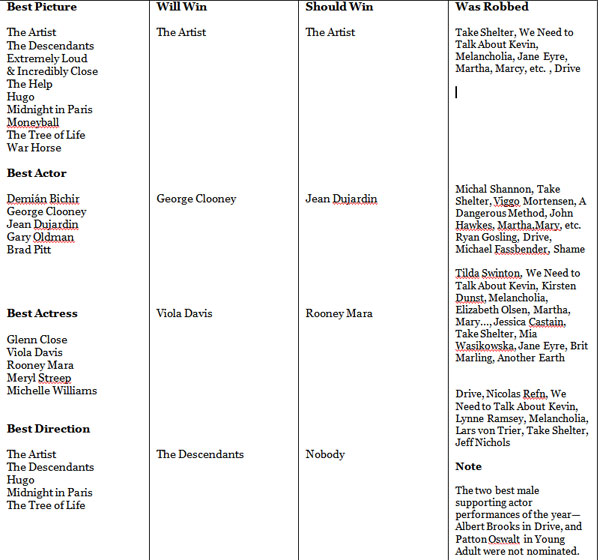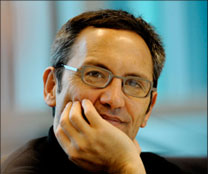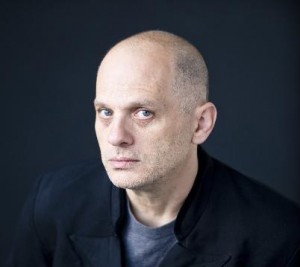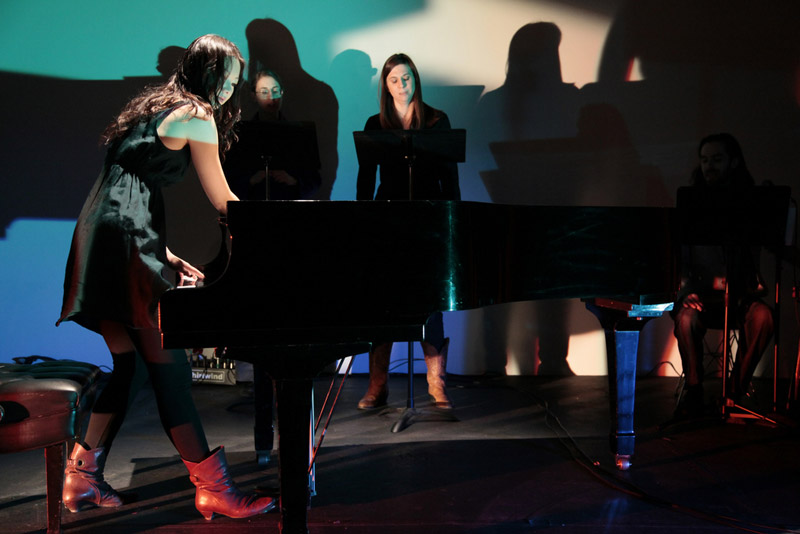He looked like a movie star, perfectly handsome and so elegant in every way. As a kid growing up in Cleveland with parents in the orchestra there under the great George Szell, I heard Rudolf Firkušný play almost every season. I remember several Mozart and Beethoven concerti, Dvořák, Janáček and Martinů, always played with great beauty of sound and unimpeachable conviction and style.
Rudolf Firkušný was a remarkable artist. Superb touch and sense of rhythm, and such a beautiful line was always evident in his playing. I remember as a child splashing with him in the pool in Aspen, where he was a colleague of my parents. He was Uncle Rudi to me then. Many years later when my agent suggested that we play duo recitals, I was delighted but was a little apprehensive about if I would be able to have a true grown-up relationship with him. He made it so easy! I was treated with acceptance from him as though I was on his level as an artist. This was remarkable because, in fact, he was light years ahead of me in experience and musical knowledge. Years before, when I was in the Cleveland Orchestra with George Szell, Rudi would come almost every season to play Mozart and early Beethoven concerti as soloist. I remember thinking distinctly then that he was ideal in this repertoire and that he perhaps just wasn’t up to playing the big romantic concertos. Boy, was I surprised to hear him, years after I left the orchestra, play in New York the Brahms D minor concerto! It was huge and powerful beyond measure. I saw a completely new side of this great artist. Touring and playing with this gentle giant was one of the most memorable experiences of my early career.
—Lynn Harrell, cellist
Firkušný grew up in the same city as Janáček and studied with him. He was also a close friend of Martinů and a champion of his music, some of which was written for Firkušný. He played Dvořák, Mozart and Beethoven as if he knew them personally, as well.
I met Rudolf Firkušný for the first time at Carnegie Hall in New York when I was travelling as an assistant conductor to Vaclav Neumann on a concert tour with the Czech Philharmonic Orchestra. I remember vividly how warm and friendly Rudolf ‘ s approach was to a young musician! I immediately knew that I have met a wonderful soul and this impression was made even stronger later by our collaboration on stage — I was fortunate to accompany him in Dvořák’s and Martinů’s concertos. When he had learned that I was already an admirer of the work of Martinů, he gave me many precious impulses to a deeper understanding of his music. We met then in Prague also a few times privately and it was always a pure pleasure and delight to be in his company.
—Jiri Belohlavek, conductor
One of the great perks of playing in the Emerson String Quartet for 35 years is to have had the great honor and pleasure of making music with some of my childhood heroes. Rudolf Firkušný played with the Cleveland Orchestra under Szell during the years I was growing up, trying to learn how to play the violin and baseball (not necessarily in that order). Later, I was thrilled to have the chance to collaborate with Firkušný, but only twice. We performed a Mozart Piano Quartet and Dvořák’s Piano Quintet at Lincoln Center’s Mostly Mozart Festival and we also performed together in Montpellier, France.
We did play with Firkušný more than once and I always loved his playing–an aristocratic musician. I attended a wonderful recital of his once in which the piano lid slammed down just as he played the very last chord of the program. That was only one reason the program was unforgettable. He was also a lovely guy and very well read. He turned me on to someone who became one of my favorite authors, Bohumil Hrabal. “Too Loud a Solitude” is about a man who compacts trash for 35 years and hides books in the trash from the government. Lovely idea to honor Firkušný.
—Arnold Steinhardt, violinist, Guarneri String Quartet
He was a delight to work with, soft-spoken and very kind, but also very funny. Like every performer I’ve met (or seen on talk shows), he had great stories to tell and he spun them perfectly. This was quite early in our career and we were young and relatively inexperienced, but he treated us as equals and the performances went well. I remember we all went to dinner after the concert in Montpellier and listened to him talk about Szell, Janáček and Martinů. I wish we had had more opportunities to work with him.
I was fortunate to have studied with Mr. Firkušný for four years (1990-94) at the Juilliard School. This was a genuine privilege. Lessons with him were always in a relaxed atmosphere while Mr. Firkušný remained highly concentrated, attentive, and observant, his remarks most valuable and enlightening, his suggestions clear and revealing. His understanding and interpretation of music were a blend of deep knowledge integrated with some enigmatic, inexplicable insight with which only few artists are endowed. The piano repertoire of Mr. Firkušný was wide and varied, but I had the impression that, above all, he loved Czech music, being the country of his origin and early education. He frequently spoke with fervor of its beauty, culture, and peculiarities of its music. Leos Janáček was his teacher and he loved to perform his works. Mr. Firkušný was for me the embodiment of an exceptional personality, and not only in the realm of music. He had a most agreeable mood, elegant demeanor, and great empathy to human needs, always ready to extend help, to meet others’ requests, to understand and to be considerate. His passing away symbolized the way of his life. Quietly and tacitly did he depart with the modesty and reticence that were so typical of his character and nature.
—Avner Arad, pianist and student of Firkušný
I vividly remember hearing three great pianists play one after the other at the memorial concert for Isaac Stern in Carnegie Hall. Joseph Kalichstein, Yefim Bronfman and Emmanuel Ax each played a movement of chamber music, all from the classical and romantic periods, on the same instrument. Each of these pianists is known for his tone, his “touch.” Although they all played beautifully, it was striking how different each one sounded from the other.
To know Rudolf Firkušný was a rare privilege, especially for a younger musician: he was a shining proof that a great pianist can be elegant, aristocratic yet humble, kind and generous to his fellow musicians, young and old. He found the right path of speaking with conviction and expression, yet with astounding simplicity and lack of anything extraneous. A prince!
—Joseph Kalichstein, pianist, Kalichstein-Laredo-Robinson Trio
He was one of the most wonderful representatives of great European tradition, beautiful sound, and clear understanding of different styles. Not only Czech music, for which he was well known, but I also heard him in great performances of others, especially Beethoven! Off stage he was a most generous and humble person.
—Yefim Bronfman, pianist and student of Firkušný
What is it that makes a finger depressing a key which sends a hammer to hit metal strings have a particular sound and color? When I hear recordings of Firkušný and remember how he sounded in concert, or how he sounded next to me in his apartment in New York, what I react to first and foremost is his sound. He clearly had his own voice and it was a gorgeous one.
Although music always came first, he loved having my brother and me around as much as possible. As a Dad he had a wonderful sense of humor and was extremely generous and supportive… and totally indulgent! Our mother always had to be the disciplinarian. He encouraged us in all our musical explorations but never pressured. He left us with a lifelong love of music, an optimistic outlook and magnificent, happy memories.
—Veronique Firkušný, daughter of Rudolf Firkušný
It is both strange and wonderful to see or hear something recorded of loved ones who have left us. My parents live on in the recordings they made. Rudolf Firkušný would have been 100 years old on February 11, 2012. Recordings have preserved the legacy of his refined artistry and that exquisite piano sound, his “touch.” From those recordings and the fond memories of the many people who knew and loved him, he has achieved and deserves immortality.
Philip Setzer is a member of the Emerson String Quartet and Professor at Stony Brook University









